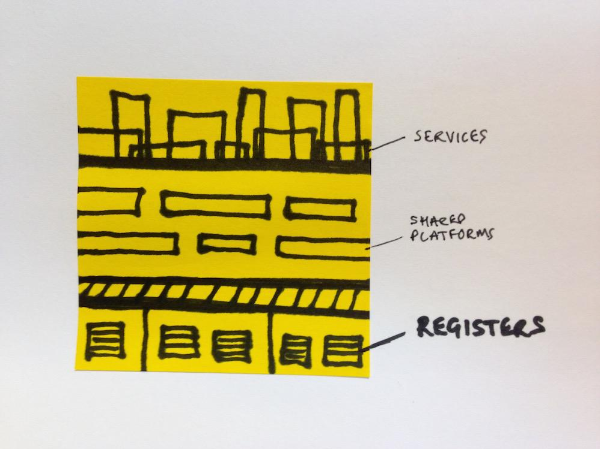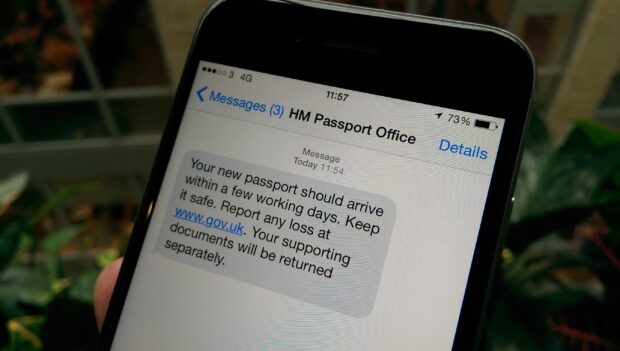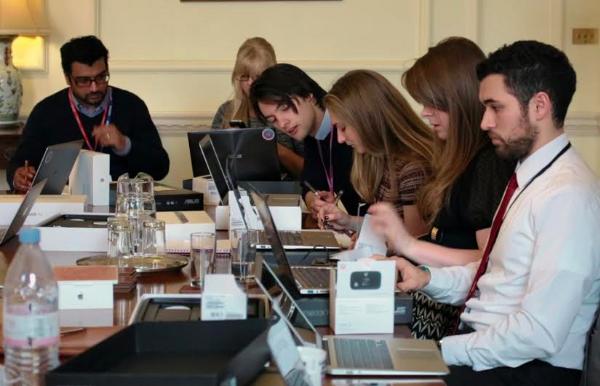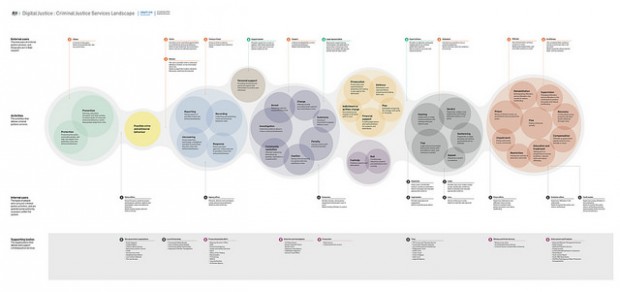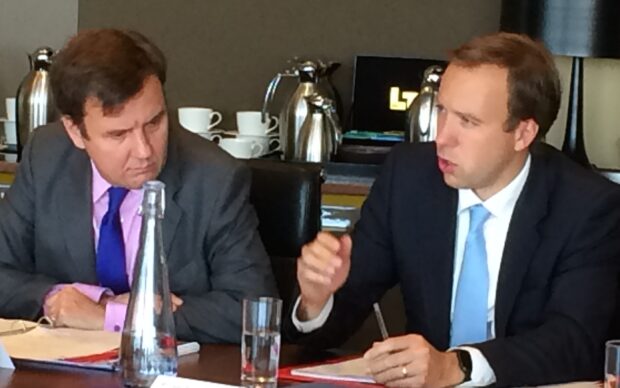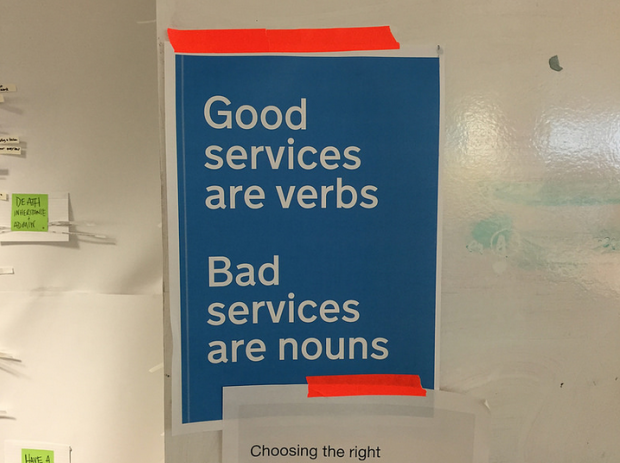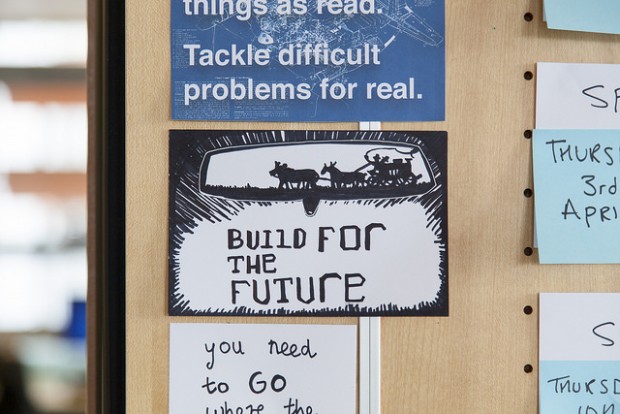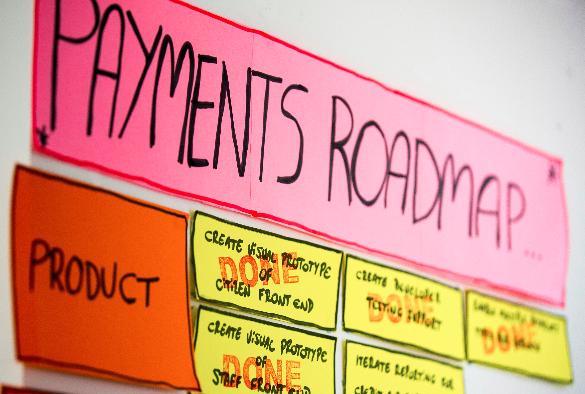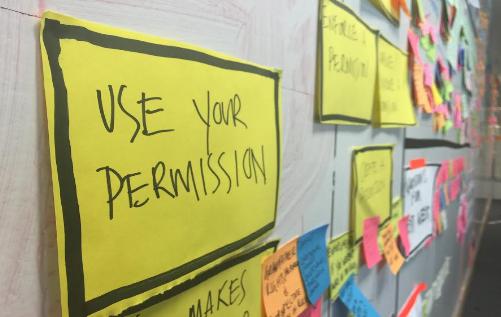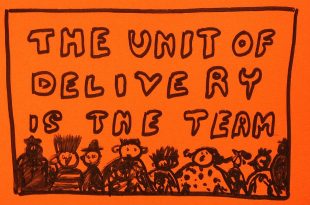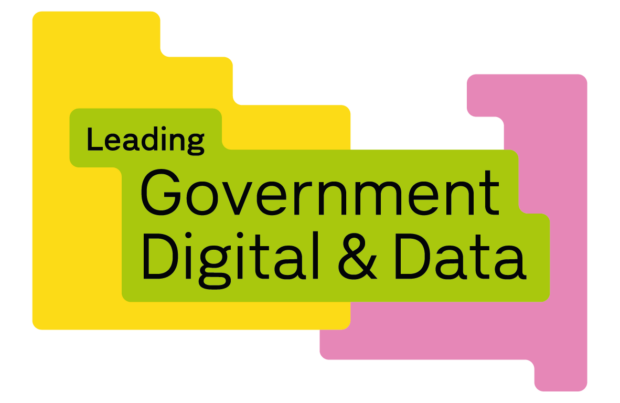Digital Service Platforms
Digital Service Platforms is a common core infrastructure of shared digital systems, technology and processes on which it’s easy to build brilliant, user-centric government services. Examples include GOV.UK Pay and GOV.UK Notify.
We’ve mentioned registers a few times on this blog, most recently in relation to the work of the Land Registry building on the steel thread, the brilliant new Companies House public beta, and their importance for building platforms.
We want to see how platforms can improve the way people communicate with government. As part of this, we’re starting discovery work on status tracking and notifications.
The technology you use to do your job should help you achieve more. When it doesn’t it’s frustrating.
We've talked a lot about the preparation work we're doing for Government as a Platform.
Three months ago, when I was appointed Minister for the Cabinet Office, one of the first things I wanted to do was visit GDS. I'd worked with GDS over recent...
...of our economy – for example, a lot of the food we eat and the clothes we wear originate from outside the UK. Government operations at the border are there...
...activity (like getting permission) should work both for users and government. Why use service patterns? Like any other kind of standard, service patterns will provide better interoperability between services, meaning...
As part of the work we’re doing to prepare for government as a platform, we’ve been investigating ways to help government agencies use shared platforms and data registers to build better services.
Most people have to pay government money at some point or another. For example, when you pay tax, or renew your passport, or get a new driver’s licence, or buy an environmental permit.
Licence, permit, registration, certification, accreditation - government has lots of different ways for people to get permission to do something.
